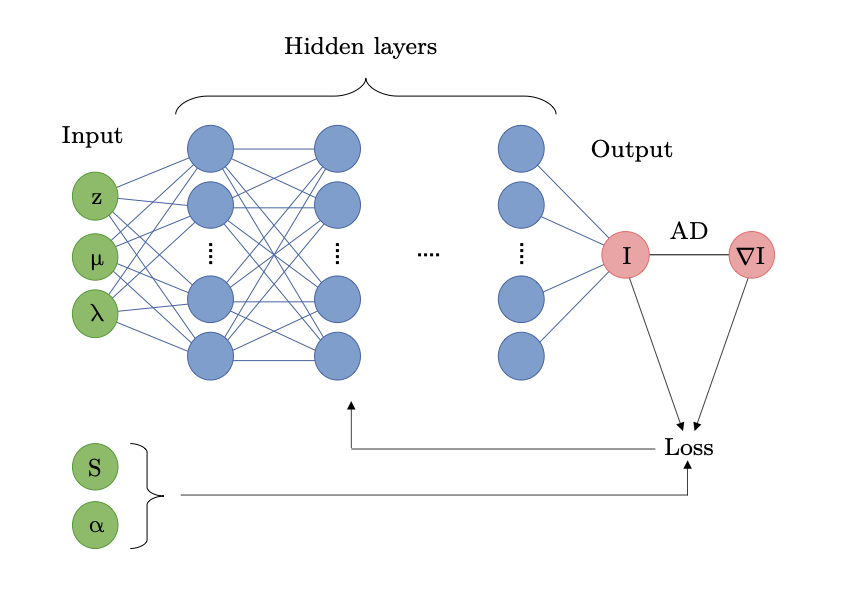
Congratulations to Edvarda Harnes, another master student who just got a Master´s Degree in Astronomy from the Institute of Theoretical Astrophysics in spring semester 2023.
– My thesis explores a machine learning technique for computing radiative transfer in models of the solar atmosphere, begins Edvarda.
Radiative transfer is the physical phenomenon of energy transfer in the form of electromagnetic radiation. It can be costly to compute for 3D model atmospheres, but this is how scientists compare simulations to observations properly.

– The idea was to explore alternative methods to speed up the computations so that larger models could be analyzed at a lower cost. It turned out that the method I tested was very inefficient, although there might still be something to it if it was expanded or done a bit differently, she explains.
– What are the most important things you have learned in your master studies?
– During my studies, I learned that: a. everything takes 5 times longer than I think it will, especially writing! b. The research process is also very nonlinear, but it is very rewarding when I can figure something out. c. Sometimes, what I need to find a solution to a problem is taking a break or getting a good night's sleep.
– What fascinates you most of astronomy?
– What fascinates me most about astronomy are the physics and phenomena that are far away from what we experience in our day-to-day lives.
– Your "message in the bottle" to fellow master students is ...
– My best advice is to take note of everything you do and start writing the thesis as soon as possible, Edvarda suggests.

– What does the future hold for you?
– In the fall I will be starting a PhD in solar physics in Germany at the Max Planck Institute for Solar System Research, she concludes.
More about
- Why choose a Master´s programme in Astronomy (2 years)?
- Career interviews
- Edvarda' Master thesis: "Physics-Informed Neural Networks for Radiative Transfer in the Solar Atmosphere"
Master´s program at the Institute of Theoretical Astrophysics
- Computational Science: Astrophysics (master's two years): this study program is particularly concentrated around 3 themes: solar atmosphere modelling, extragalactic studies, the evolution of the structure of the universe.
- Astronomy (master's two years): this study program is for you wanting to understand at an advanced level the physical principles that are important in various astronomical and astrophysical processes and systems, from our own sun to other stars, galaxies and the entire universe.